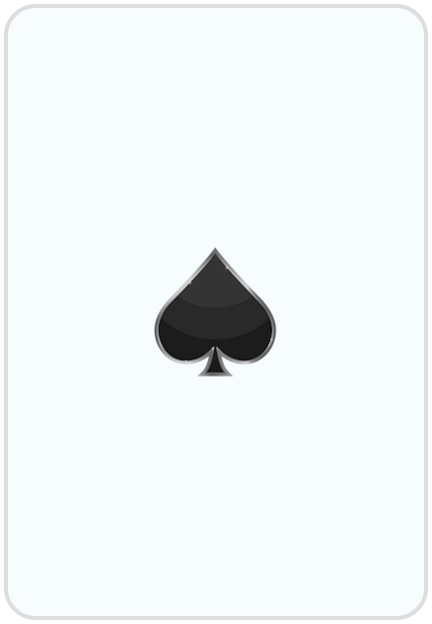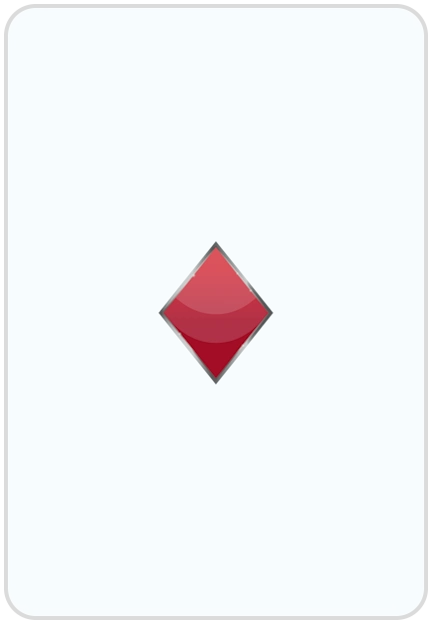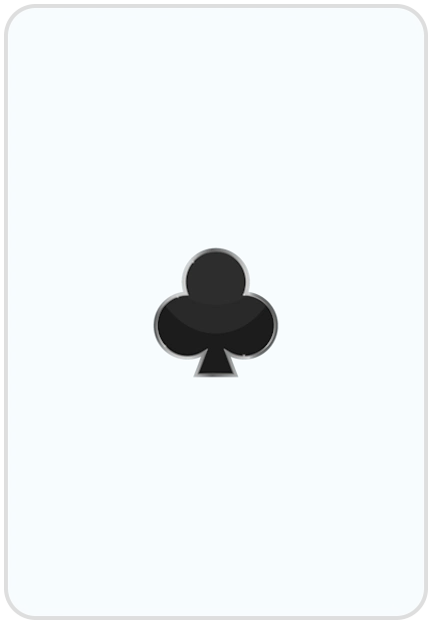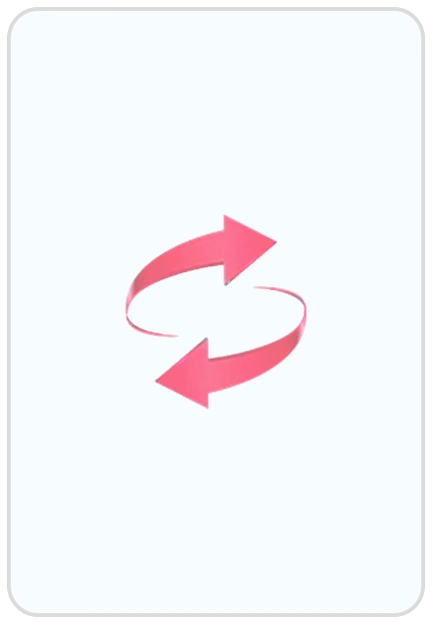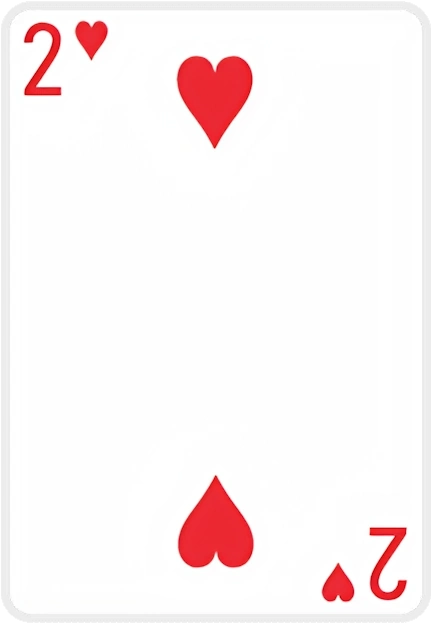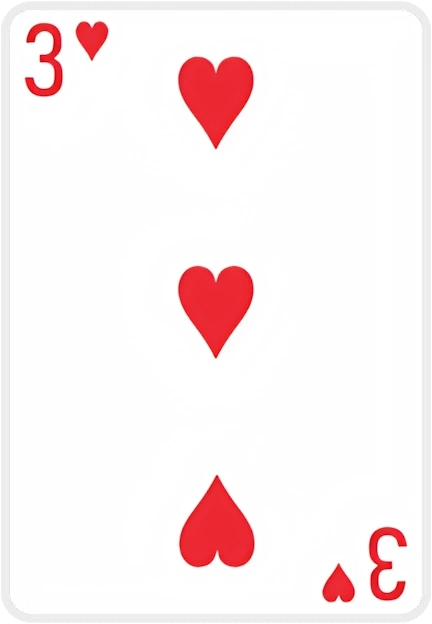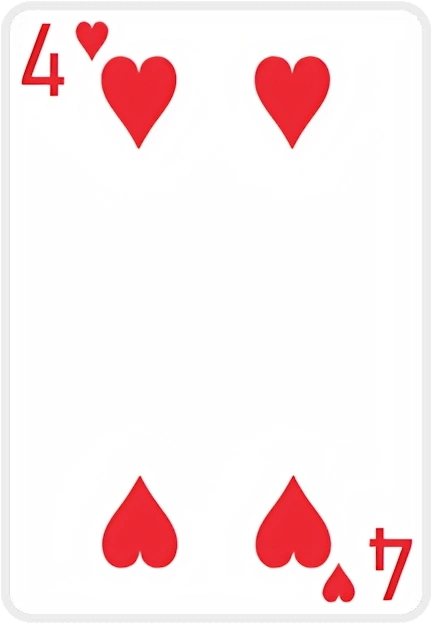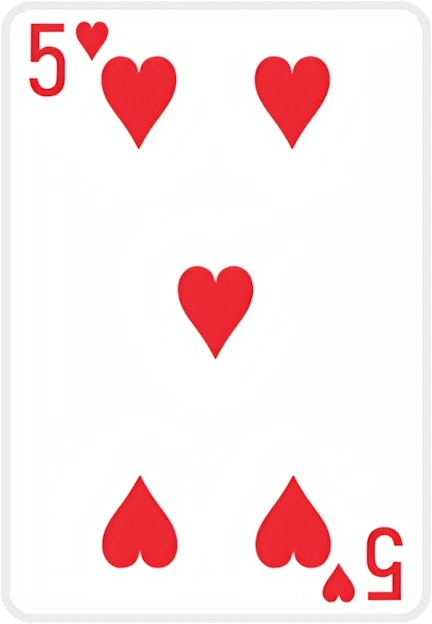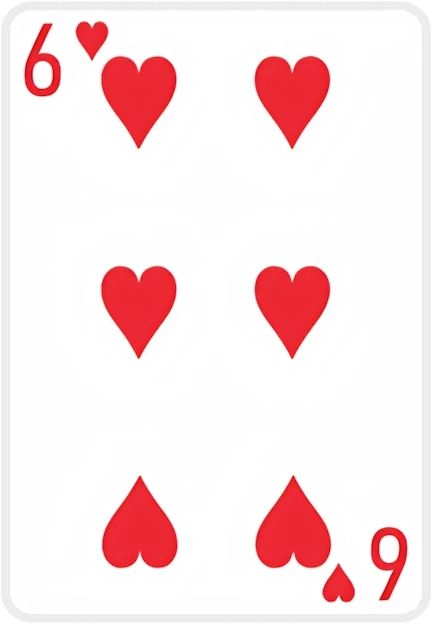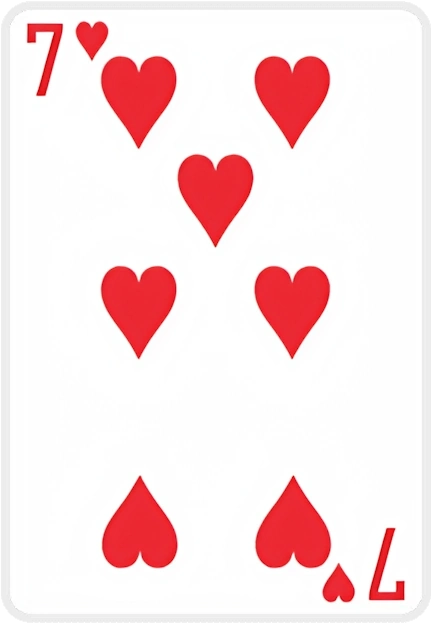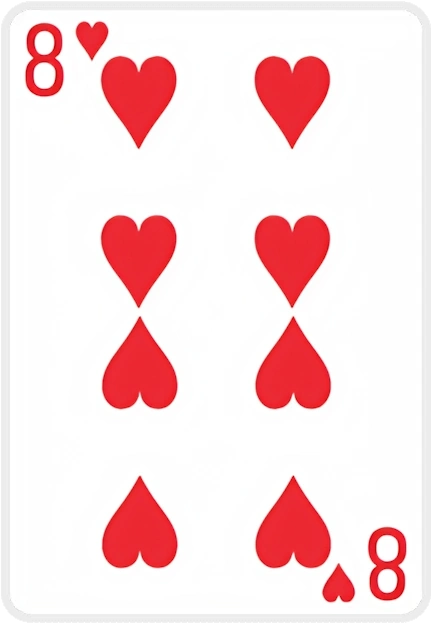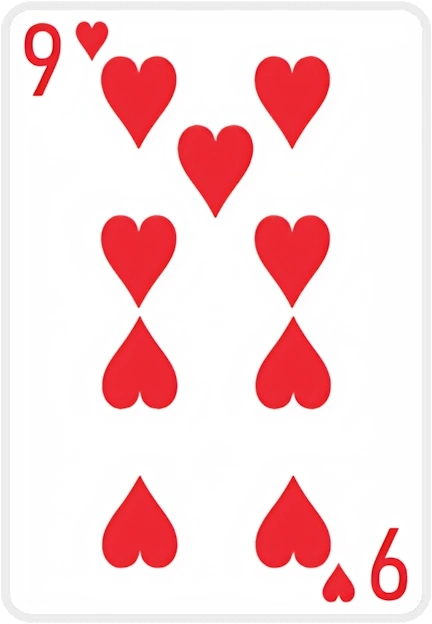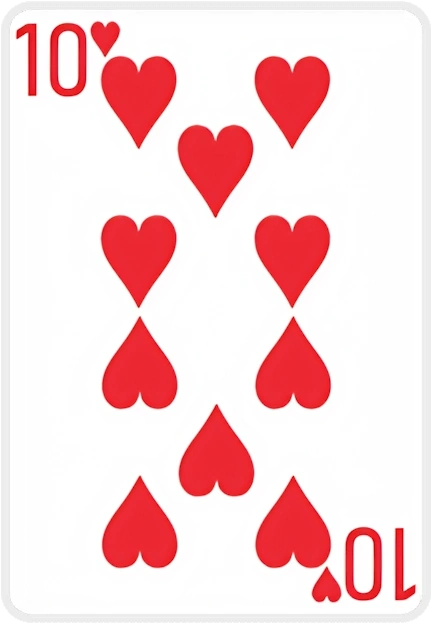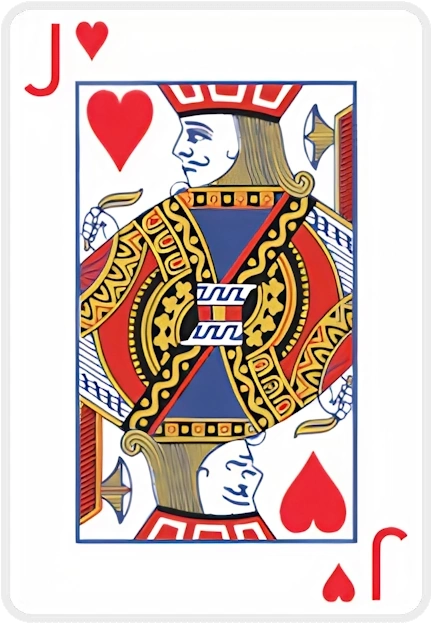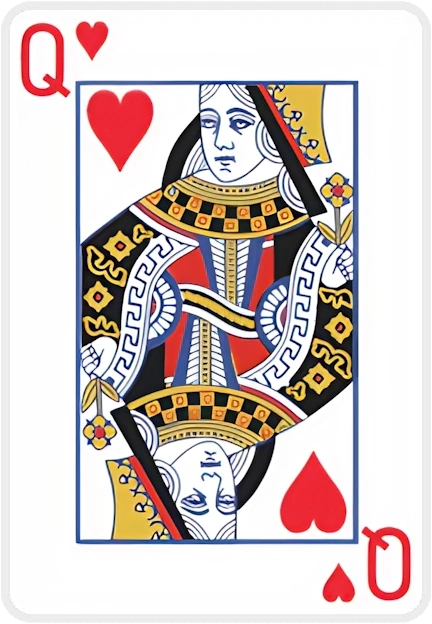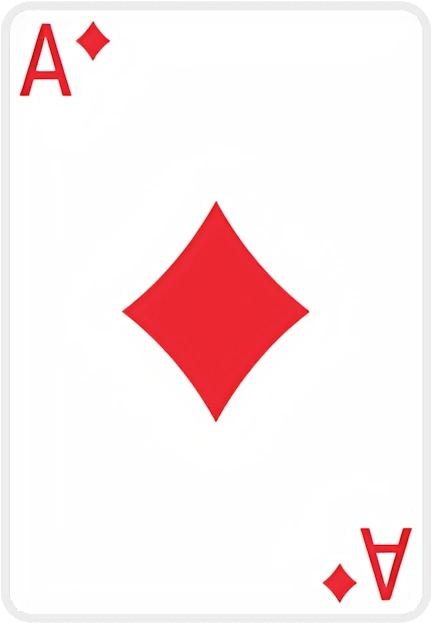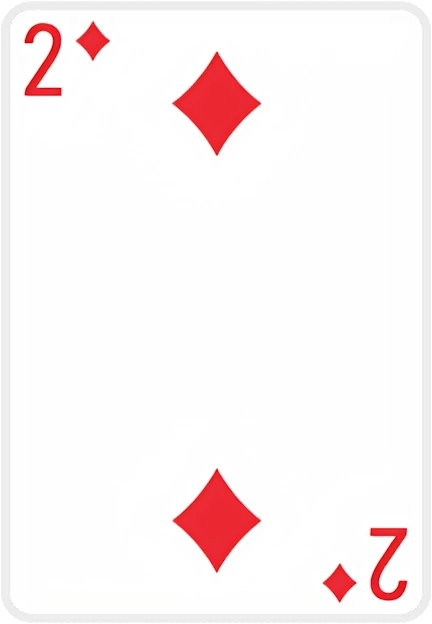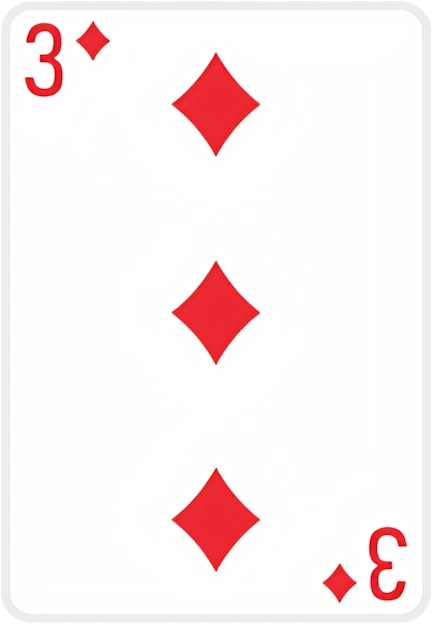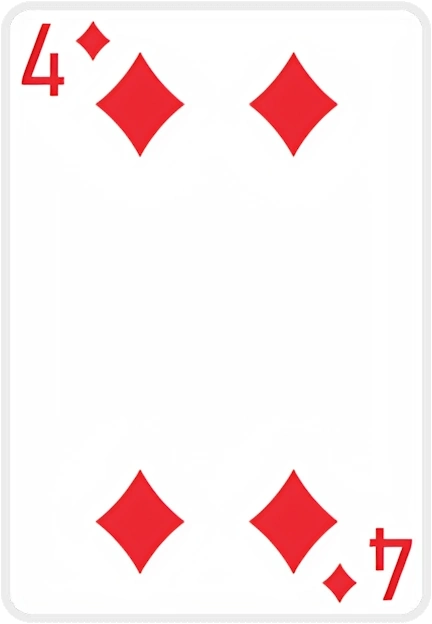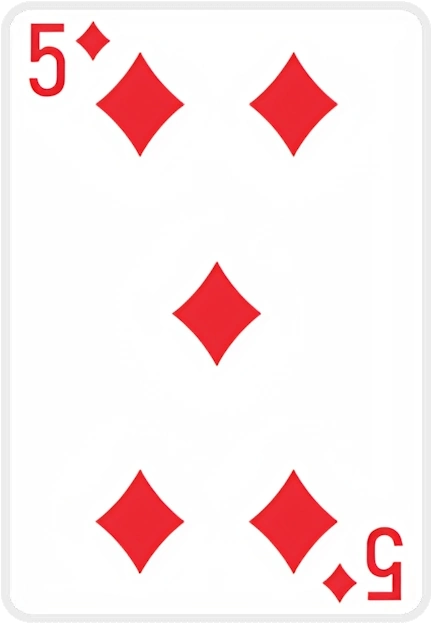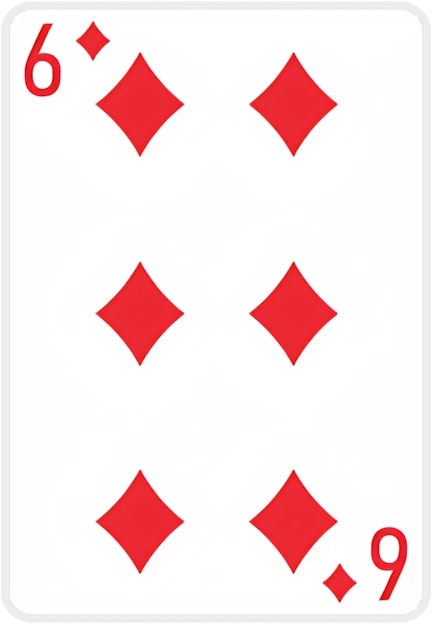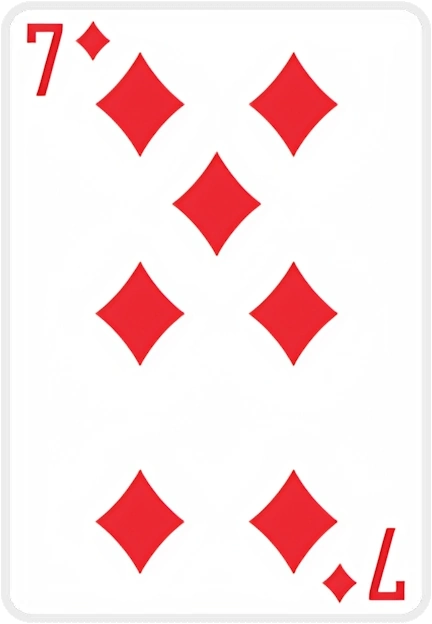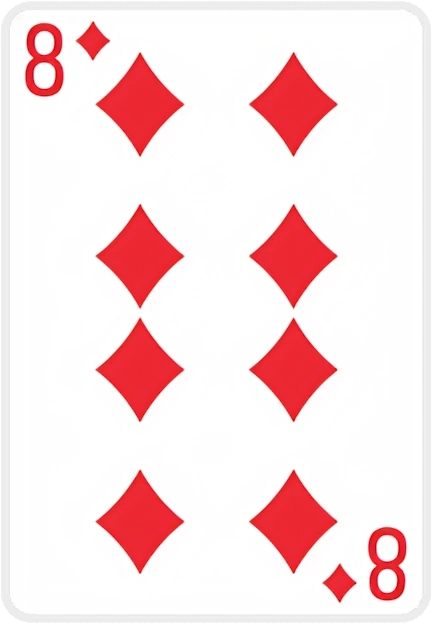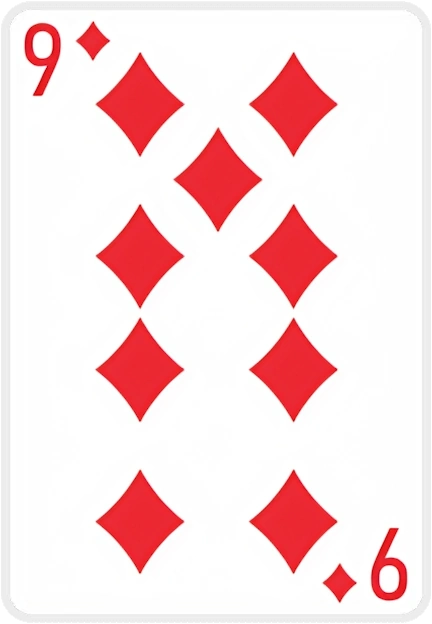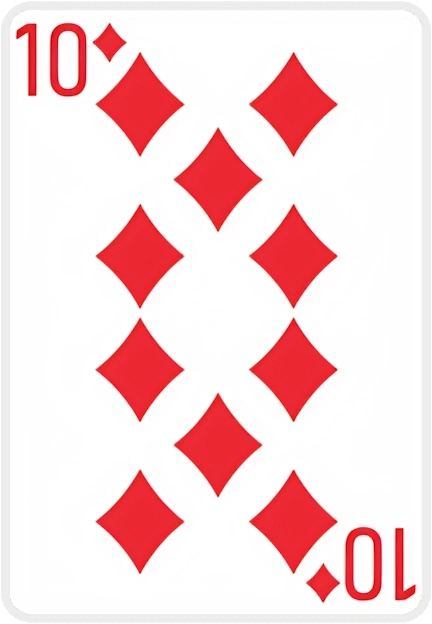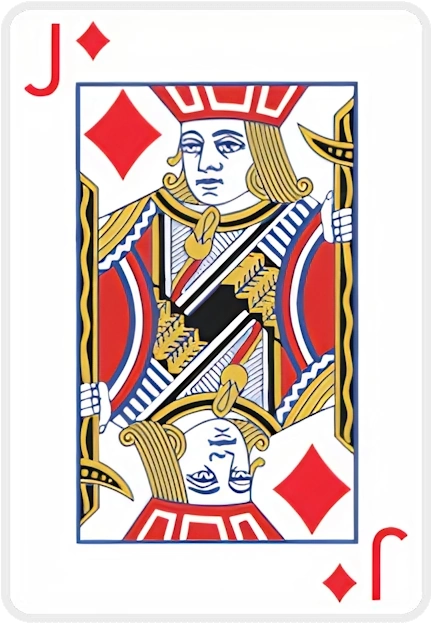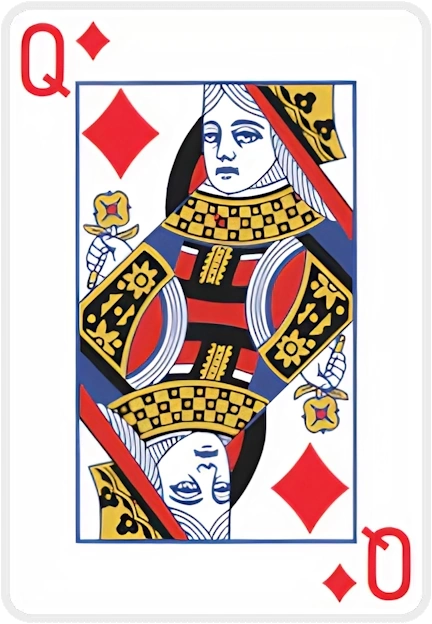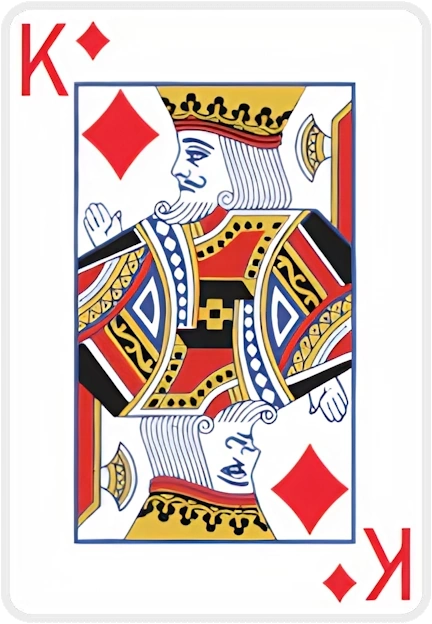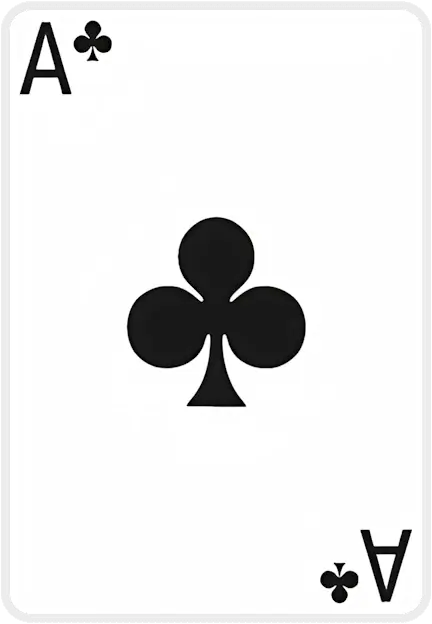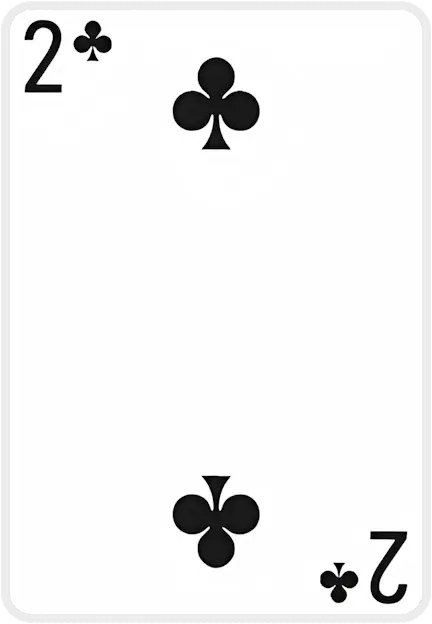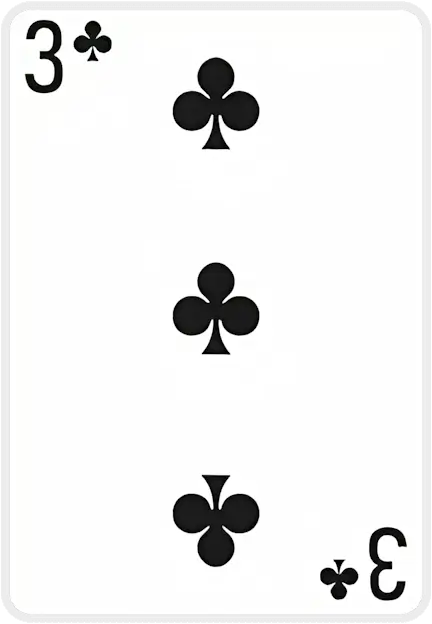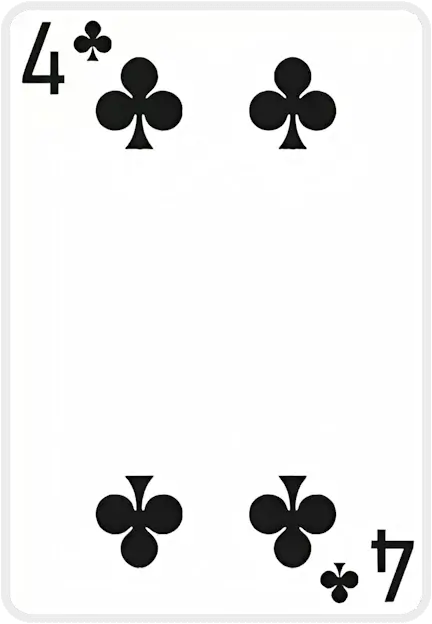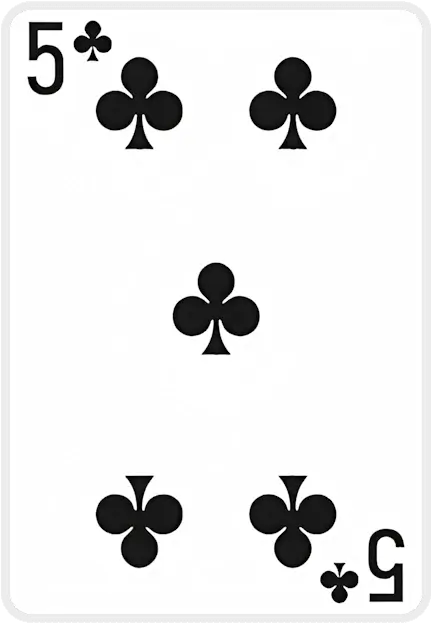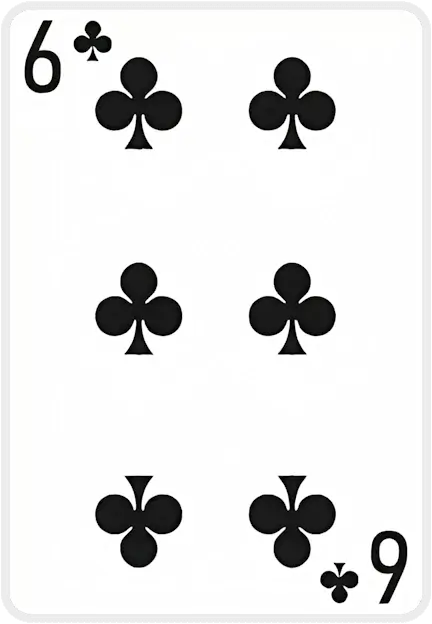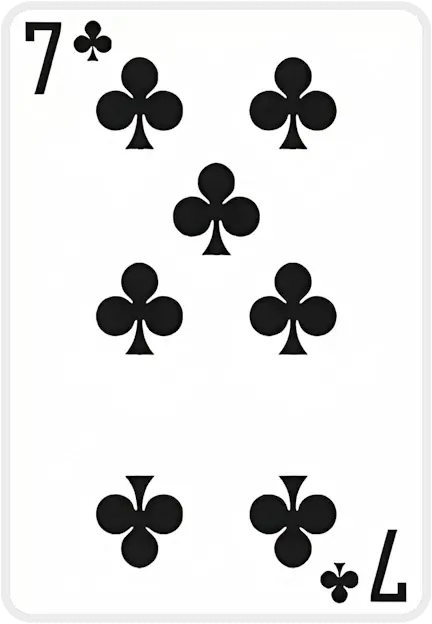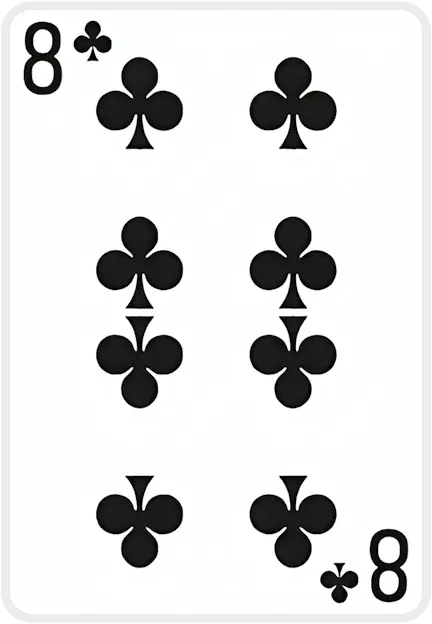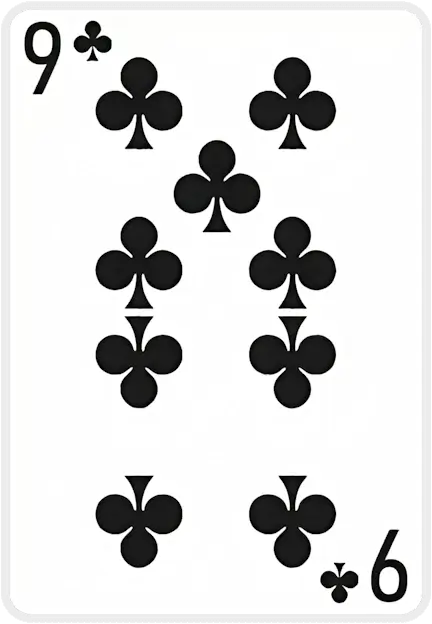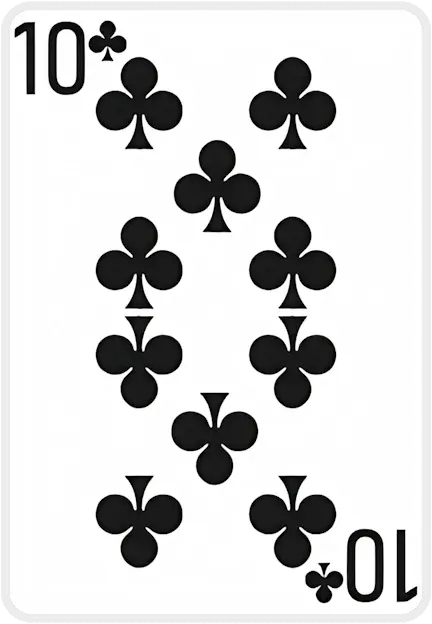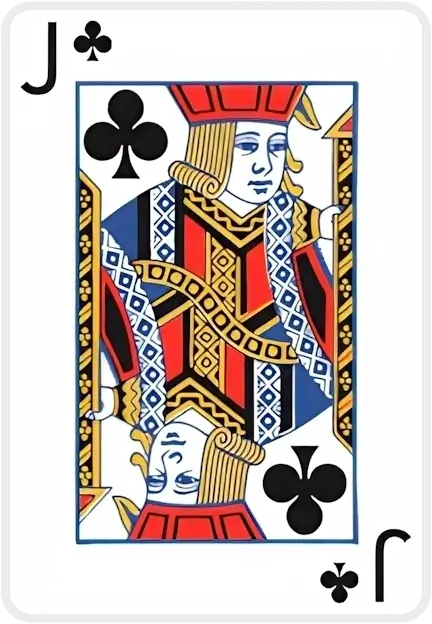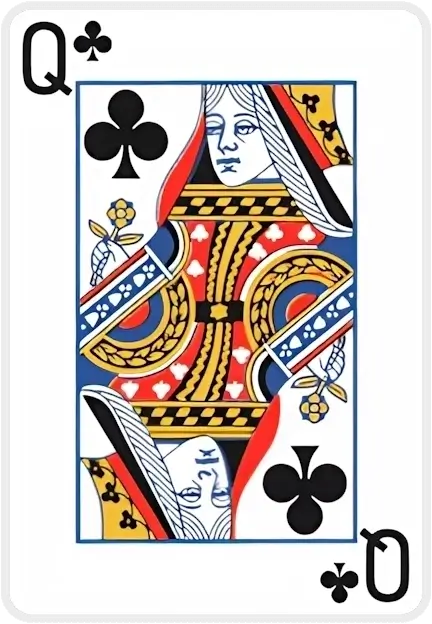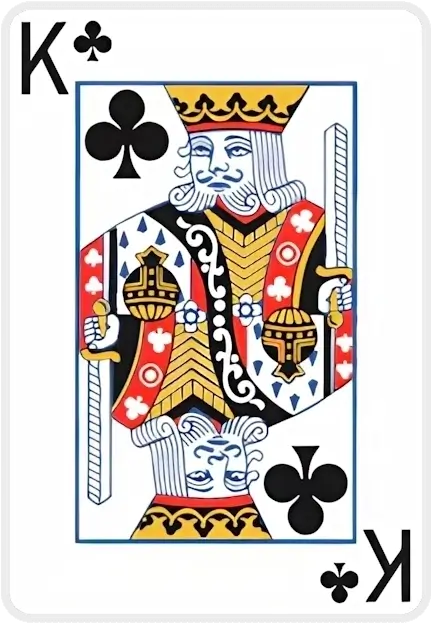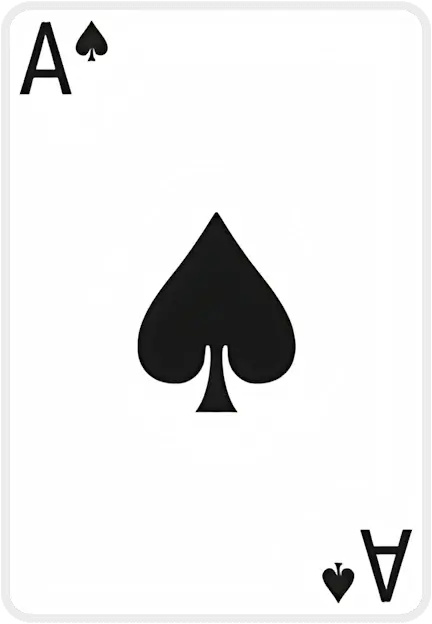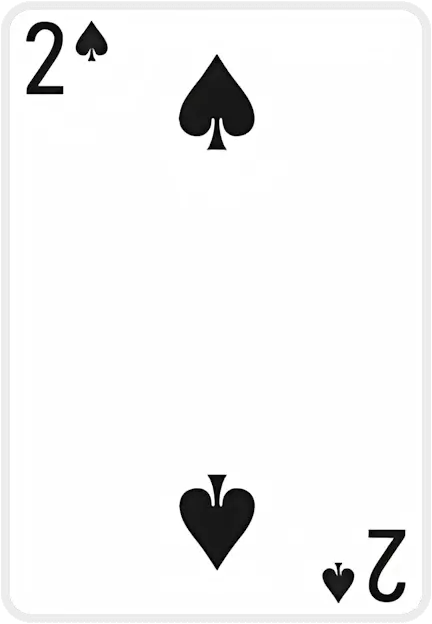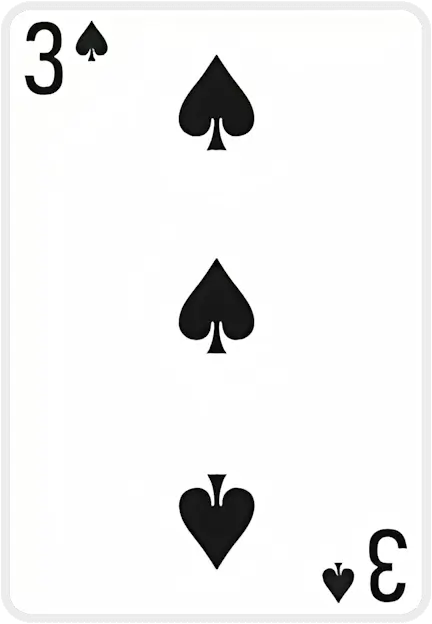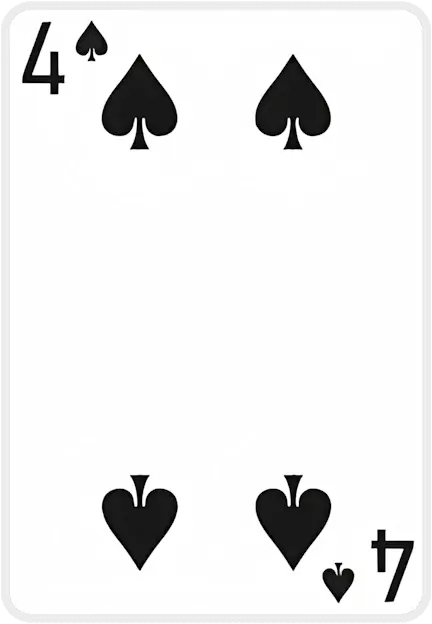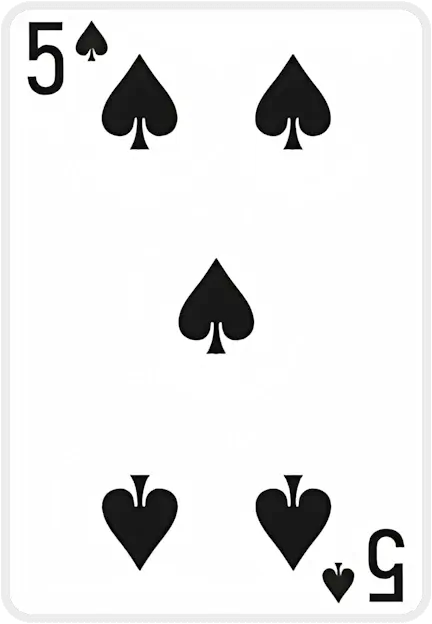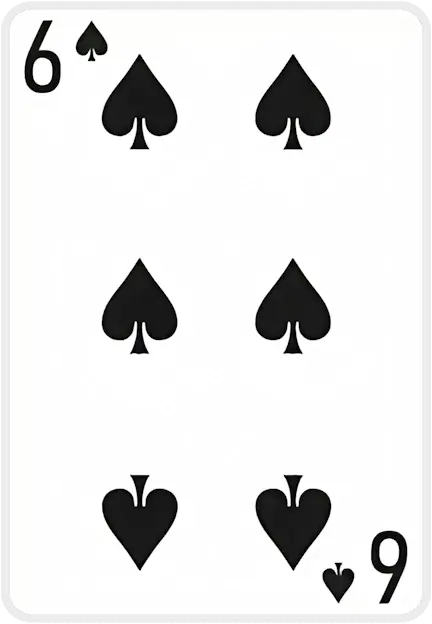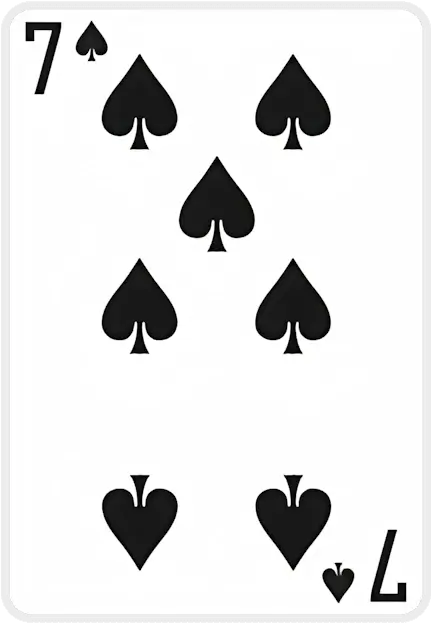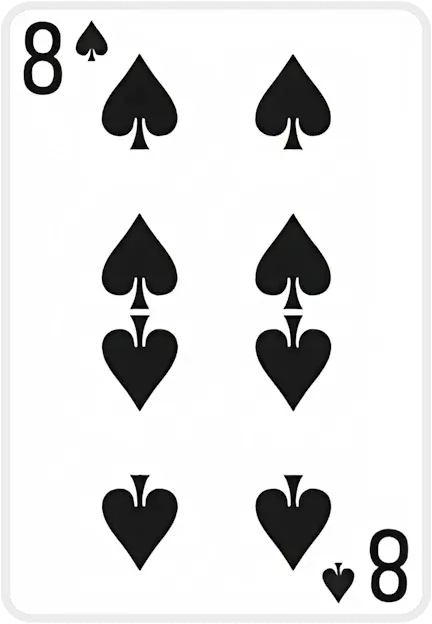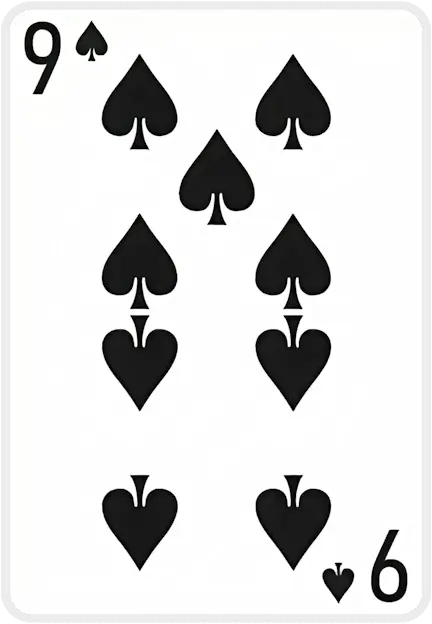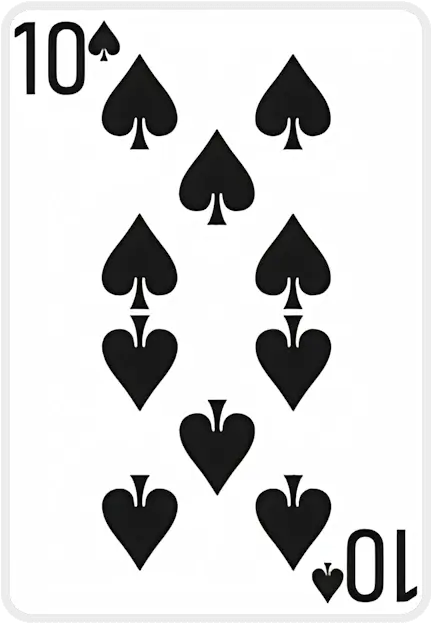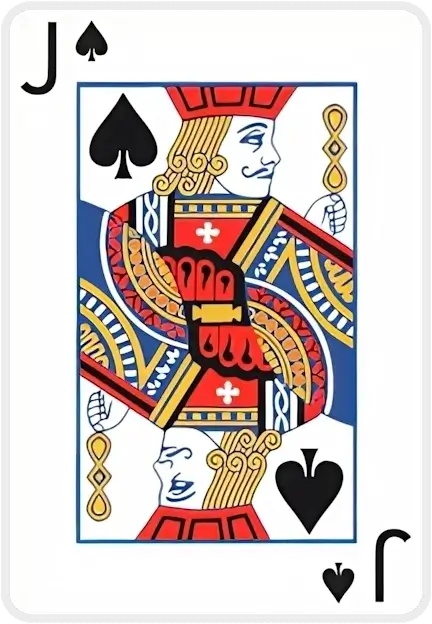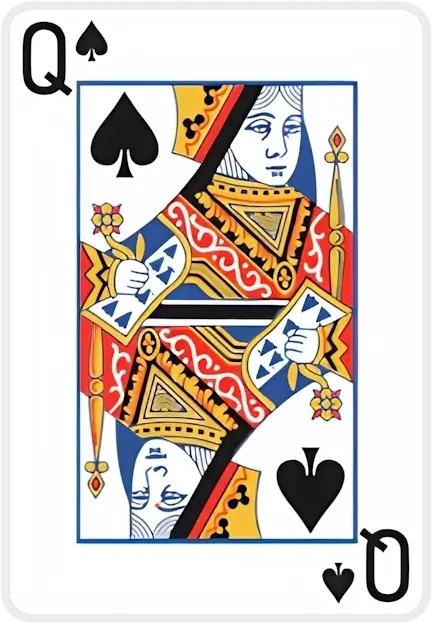Cannot drop, your card needs to be of an opposite suit colour
Cannot drop, your card needs to be one rank lower
Cannot move multiple cards to foundation
Card suit doesn't match foundation pile suit
Card can only be dropped on top of a card pile
Cannot deal cards when there are empty tableau piles
You can only move {0} card(s) at a time based on the current free cells and tableau
The cards don't add up to 13 and cannot be moved
The card is inaccessible and move cannot be performed
Cards must be in sequential order (one higher or lower)
FreeCell

Play FreeCell Online for Free
FreeCell is a skill-based solitaire game played with a standard 52-card deck. What sets it apart from many other solitaire variations is that all cards are dealt face-up at the start, allowing you to see their positions right away. This visibility means FreeCell relies more on strategy than luck, making it an excellent mental challenge.
- Tableau: The main play area consists of eight columns of face-up cards.
- Free Cells: Four single-card spaces above the tableau let you temporarily store cards.
- Foundations: Four empty piles where you build each suit in ascending order (Ace to King).
Our FreeCell Solitaire game includes helpful features such as “undo” options, hint button, and visual aids that make it easier to grasp the layout.
How to Play FreeCell
-
Initial Setup
- The deck is shuffled and dealt into eight columns (all cards face-up).
- Four “Free Cells” sit to the left/top, and four “Foundations” sit to the right/top of the tableau.
-
Moving Cards in the Tableau
- You can move only one card at a time (unless you have enough free cells and/or empty columns to move a sequence).
- Tableau piles must be stacked in descending order, alternating colors. For example, a black 7 can be placed on a red 8.
-
Using Free Cells
- You can move any single card into a free cell. Use these cells to temporarily move cards out of the way so you can access or reorganize others.
- The number of cards you can move as a sequence depends on how many free cells and empty columns you have available.
-
Building the Foundations
- Each foundation pile is built from Ace to King in the same suit. Once a card is placed on a foundation, it stays there.
-
Winning the Game
- The objective is to stack all four suits (A♣-K♣, A♦-K♦, A♥-K♥, A♠-K♠) onto their respective foundation piles.
Interesting Facts About FreeCell
-
High Solvability
- Nearly all FreeCell deals are winnable. This sets it apart from some other Solitaire games that rely heavily on luck.
-
Famous Windows Legacy
- FreeCell became widely popular when it was bundled with Microsoft Windows in the 1990s, introducing millions to the game.
-
The “Unwinnable” Deal
- In classic Microsoft FreeCell, game #11982 is famously known for being one of the rare unsolvable deals.
-
Brain Workout
- Because the entire layout is visible, FreeCell emphasizes logic, planning, and memory, making it a favorite for those who enjoy cerebral challenges.
-
Variants
- Variations like Baker’s Game and Seahaven Towers tweak FreeCell’s rules, offering alternative ways to enjoy this classic.
Tips and Tricks
-
Keep Free Cells Open
- The more free cells you have available, the bigger card sequences you can move. Use these cells sparingly and strategically.
-
Prioritize Foundations Early
- Move low-ranking cards (Aces, Twos) to their foundation piles as soon as you can, freeing up space in the tableau.
-
Manage Empty Columns
- Empty columns are extremely valuable. They allow you to move entire card sequences around, so try to clear at least one column early in the game.
-
Plan Ahead
- Since you can see every card from the start, think multiple moves ahead. Before moving a card into a free cell, consider how you’ll move it out again.
-
Use the Undo Feature
- Our FreeCell game offers an “undo” button. Take advantage of it to experiment with different scenarios or backtrack from a dead-end.
Strategies for Winning
-
Map Out Crucial Cards
- Identify where all Aces are located, as you’ll need them on the foundations first. If an Ace is buried, plan your moves to free it promptly.
-
Create Long Sequences
- Building multi-card sequences in alternating colors helps you reorganize quickly. Just remember you can only move sequences if you have enough free cells and/or empty columns.
-
Set Up Foundation “Runs”
- Whenever you place a card on a foundation, it makes the next higher card playable. Keep track of suits in the tableau that can be added to foundations without blocking necessary moves.
-
Target One Suit at a Time
- Although you can (and will) build multiple foundations simultaneously, focusing on completing at least one suit can give you a significant advantage.
-
Don’t Fear Temporary Sacrifices
- Sometimes you need to block a column briefly or fill a free cell to gain access to a crucial card. If a short-term inconvenience sets up a big move later, it’s worth it.
FreeCell offers a captivating blend of open-information strategy and methodical gameplay. With all cards visible from the outset, winning depends on your ability to plan ahead, use free cells wisely, and maneuver sequences into the right spots. Whether you’re looking for a mentally stimulating break or an in-depth puzzle, FreeCell delivers a satisfying card-playing experience that rewards patience, foresight, and clever tactics.
Case Studies
All figures below come directly from our database. Using first-party data ensures every insight is evidence-based, up-to-date, and privacy-respectful.
| Game Tier | Stand-out Titles | Win Rate |
|---|---|---|
| Quick Wins | Spider (1 Suit), Hole-in-One, TriPeaks | 70–84% |
| Fair Challenges | Solitaire (Draw 1) – 913 k plays FreeCell, Golf |
45–63% |
| Expert-Level | Spider (4 Suits), Forty Thieves, Double Scorpion | ≤11% |
Curious which moves turn the odds in your favor? Explore all the data & strategies →
What people say about us
Interview with Beverley Walker-Daury
At 87, Beverley Walker-Daury shares how SolitaireX brings joy, companionship, and purpose to her days in a retirement home.
Player Interview: Poul Andersen
Poul Andersen shares how playing SolitaireX helps him keep his brain sharp and active.
Player Interview: Peter Gross
Peter Gross, 81, shares how SolitaireX became his go-to place for relaxing Freecell games and friendly competition.
Player Spotlight: St0Sh0’s Record-Breaking Runs on SolitaireX
We sit down with speed-solitaire sensation St0Sh0 to talk record times, favorite variants, and why SolitaireX is his go-to card-game hub.
Fresh from the SolitaireX Blog

Decks & Destinations: The Solitaire Traveler Series Part 5: Berlin — Strategy & Culture Walks
Berlin’s rhythm of reflection and structure pairs perfectly with Solitaire’s calm logic. This guide invites travelers to explore the city’s culture and canals with a few mindful moves between each stop.

Decks & Destinations: The Solitaire Traveler Series Part 4: Tokyo – Mindful Play in a Fast City
Tokyo’s fast pace hides countless moments of calm — perfect for a mindful round of Solitaire. This traveler’s guide pairs iconic spots with short, focused play sessions to restore clarity on the go.

Decks & Destinations: The Solitaire Traveler Series Part 3: Seattle — The PC-Era Vibe
Seattle’s rain-washed calm pairs perfectly with Solitaire’s quiet focus. This traveler’s guide shows how to blend sightseeing, coffee breaks, and short, finite puzzles into a mindful PC-era rhythm.

Decks & Destinations: The Solitaire Traveler Series Part 2: London – From “Patience” to Presence
London’s slower moments pair perfectly with Solitaire—once known locally as “Patience.” This traveler’s guide blends calm city rhythms with mindful card play to help you recharge between adventures.
Latest guides crafted by Stoyan Shopov and Kalin Nikolov
Golf Solitaire Mastery: Strategy, Stats & Flow
Deal 7 columns of 5 face‑up cards (35 total). The remaining 17 cards*form the stock; flip the first stock card to start the waste. You may move only exposed tableau cards, and only if the rank is exactly one higher or lower than the waste top. Suits don’t matter. When no move exists, flip a new waste card. Clear all tableau cards to win.
TriPeaks Solitaire Mastery: Strategy & Analytics
Two peaks are dust; one stubborn ridge remains. Your waste shows a 9. The tableau flashes 10‑J‑10‑9‑8 like a heartbeat. You nudge the 10, feel the cadence lock in, and—without overthinking—trace a neat descent that crumbles the last peak. That tiny spark of *flow* is why TriPeaks hooks serious players: rhythm, restraint, and the rush of a run that arrives exactly on time.
Pyramid Solitaire Mastery: Strategy, Stats & Joy
Picture the pyramid down to its last stubborn tier: a Queen pinned beneath a ridge, a lone Ace on the waste, and a King begging to be burned for tempo. Heartbeat, breath, click—then the whole structure yields in a rush. If you’ve hit that razor‑edge finale, you already know Pyramid’s secret: small decisions, made in the right order, change everything.
FreeCell Solitaire Mastery: Strategy & Analytics Guide
I have a 15 years personal, lived experience—picture a scene built from thousands of session logs and notes from serious players: It’s late, and the board looks jammed. You clear a single column, free one cell, and suddenly a 9♣‑8♦‑7♣‑6♦ chain glides into place, untying the knot you stared at for ten minutes. The rush isn’t luck—it’s the quiet pleasure of a plan snapping into focus. When did FreeCell last feel less like “killing time” and more like practicing a craft you can actually master?
Media About Us
372159457824861


